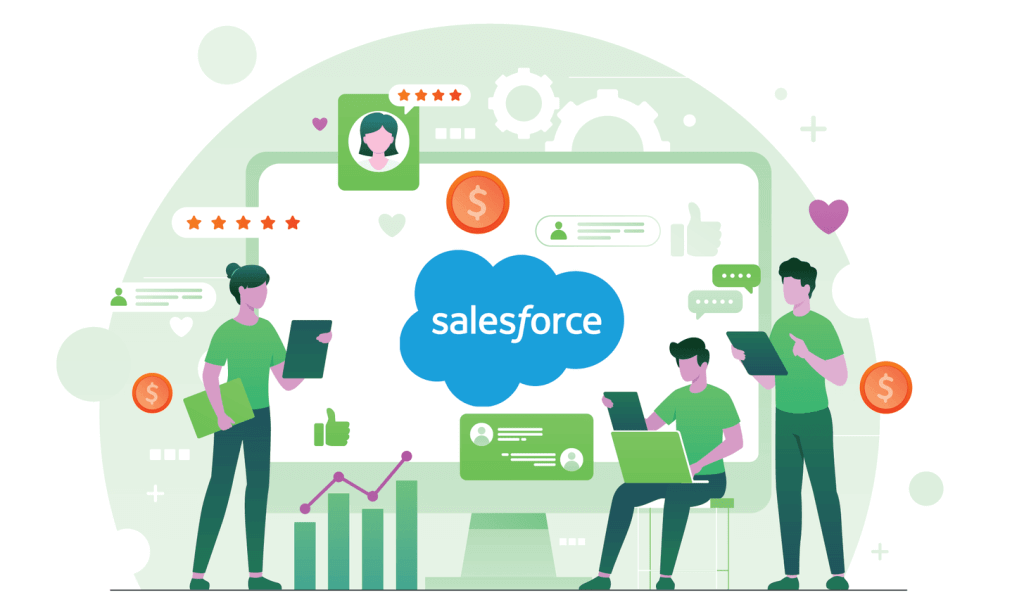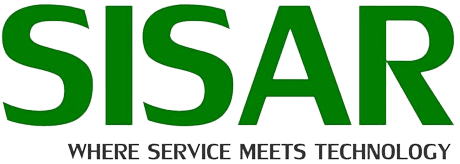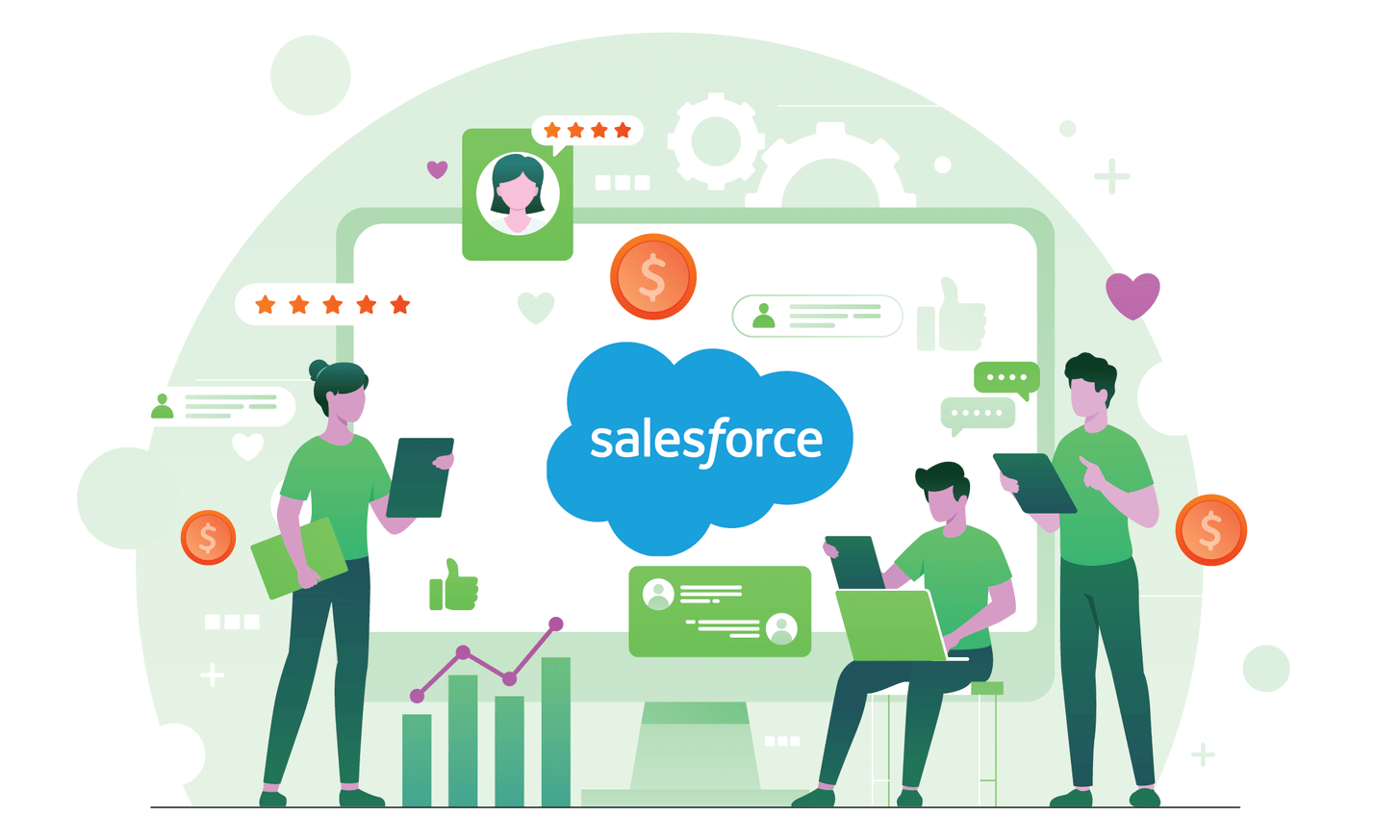Introduction to Salesforce automation
Salesforce automation (SFA) refers to software applications for sales management. SFA offers automated workflows to manage business prospects, sales projections, and team performance, streamlining the sales process.

Salesforce stands as a leading customer relationship management (CRM) software platform suitable for salesforce automation. In this article, we explore salesforce automation comprehensively. We explain how it works and its benefits. We also discuss the sales activities you should automate. Finally, we examine the types of sales automation tools to consider.
What is Salesforce automation?
SFA is a feature of standalone solutions that are intended to automate specific sales duties, or it can be a component of a CRM system. SFA and CRM do not necessarily include each other. A customer relationship management (CRM) system helps sales and marketing teams track client journeys. It spots income opportunities. Additionally, it offers various other functionalities to support these teams.
CRM software, in other words, keeps track of, arranges, and nurtures prospects and clients. Automation solutions are typically accessible for some tasks. However, not all CRM functions incorporate task automation. This means certain tasks may still require manual intervention. An SFA tool’s (or an SFA component in a CRM’s) sole purpose is to automate processes.
Salesforce vs CRM
CRMs and salesforce automation do not represent the same concept. However, a CRM frequently includes tools for salesforce automation.
Simply put, a CRM aids companies in managing client connections. The CRM allows businesses to keep track of all client interactions as well as consumer information. This often consists of the client’s contact information, emails, documents, and the actions sales representatives have performed with them.
Sales representatives may better manage connections and make sure they have the data they need to close deals by having all this data in one place.
A CRM is still a CRM even though many CRMs take many of these procedures and automate them to some extent.
Automation of the salesforce is also possible outside of a CRM. For instance, sales automation elements like automatic email answers are frequently found in marketing automation platforms. There are additionally salesforce automation technologies that concentrate on duties like prospecting, planning, and arranging sales activity. A CRM does not cover all of these responsibilities.
The Goal of Salesforce mechanization
Tools designed to automate the sales process aim to benefit sales teams. The goal of automating the salesforce is to increase product sales for enterprises. Three main ways exist to do this.:
1. Allow sales teams to concentrate on the most crucial responsibilities:
Salesforce automation solutions help sales people to spend more time on actions that are more likely to result in sales by relieving them of administrative tasks. Meetings, new client phone calls, and strategy development are a few examples.
2. Streamline the sales process such that the most effective technique is applied at all times:
Automation of the salesforce can potentially increase sales by improving the effectiveness of the sales process. Team members could overlook making calls or sending emails as a result. But when properly configured, salesforce automation technologies shouldn’t have this problem.
3. Give management access to information about the efficiency of the sales process:
Most salesforce automation programs have reporting and analysis tools that let managers of sales teams determine what is effective and alter it. This might lead to a far more effective sales strategy overall.
Software for salesforce automation is not used to take the role of the sales department. Instead, it can serve as a crucial instrument to support competent sales teams’ efforts and assist in implementing successful plans.
Benefits of Salesforce’s assignment rules
SFA ultimately assists leaders with higher level duties while aiding representatives with day-to-day chores. Managing sales territory and lead routing, monitoring prospects and lead conversions, improving sales forecasting, and even expediting order fulfilment are some of the key areas that benefit from SFA. Let’s explore each of these in more detail.
1. Salesforce automation boosts output and lowers errors:
Automating your sales funnel as part of a robust salesforce automation process can help you become more productive overall. Your sales reps will save hours of time this week by reducing or eliminating the need for manual data entry when tracking sales activities and reporting results. You can instead allocate this time to activities that drive revenue, such as nurturing and closing deals.
In addition to improving accuracy and reducing duplication, data entry automation also reduces the probability of human error, which is frequently unavoidable with repetitive data input tasks.
By automating their outreach through pre-scheduled emails, follow-up workflows, and meeting scheduling, reps can save time. Now, your salespeople can dedicate their time and energy to meetings and other high-value interactions.
They have the opportunity to focus on developing relationships with their leads. Additionally, they can nurture these connections. This is achieved through many frequent touchpoints. As a result, your sales team can engage more deeply with prospects.
2. Sales data offers more accurate insights on closed deals:
With SFA’s seamless connection with CRM solutions, communication between members of your salesforce and departmental leaders is streamlined. Because SFA operations usually gather a wealth of sales performance data in real time behind the scenes, sales management may easily adjust what isn’t working and quickly identify what is.
For instance, closed-loop funnel reporting enables your sales managers to inform your marketing team about the specific actions that trigger the desired results at the bottom of the funnel. The investment is dependent upon the automatically generated sales report that details which MQLS led to closed deals.
Additionally, SFA uses leading scoring in CRMs to target the most opportunistic prospects. Your marketing team can use the data to identify trends in successfully closed deals, informing your sales team about which leads to prioritize. This process allows the sales team to focus on the most promising opportunities. By spotting these trends, your marketing team actively supports the sales strategy.
3. Accelerated sales increase revenue and productivity through Salesforce automation:
Not only do sales representatives save time with manual data input, but your managers gain from more precise reporting and forecasting when data entry is automated. Additionally, proper forecasting and reporting aid in your sales managers’ ability to leave a lasting impression on your sales leadership team.
Sales managers can focus on writing the sales playbook and maximizing team efforts for revenue generation by setting activity-focused targets. They monitor leading indicators and track outcomes among top performers. This approach allows them to dedicate their attention to enhancing sales strategies and team performance.
Your sales representatives will then be able to gradually enhance their personal productivity rates with the aid of data-supported leading indicators and committed coaching from their managers.
Conclusion
This is a succinct overview of some of the most important aspects of salesforce automation. This leads us to the conclusion that effective sales processes—from order fulfilment to customer service—need to be built and maintained. Additionally, it helps to close the gap between clients, the brand, business, and product or service.







